Introduction
Welcome to the delightful world of tempura, a beloved culinary tradition that brings a satisfying crunch to your dining experience. Originating from Japan, tempura has become a global sensation, celebrated for its light, airy batter that envelops a variety of ingredients. Among the most popular variations is shrimp tempura, a dish that showcases succulent shrimp encased in a golden, crispy coating. The appeal of shrimp tempura lies not only in its taste but also in its texture—a perfect balance of crunch and tenderness that can elevate any meal.
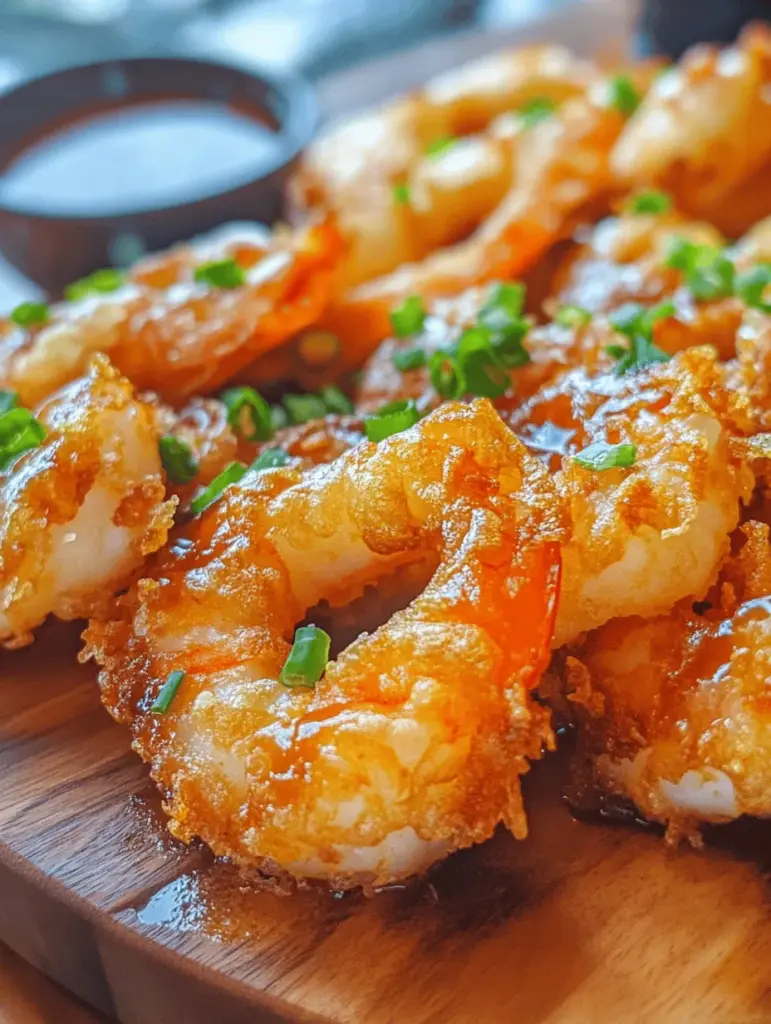
Achieving the perfect shrimp tempura requires a keen understanding of technique, ingredient selection, and a touch of culinary finesse. The right combination of a delicate batter, high-quality shrimp, and proper frying methods will leave you with an irresistible dish that is sure to impress your family and friends. Whether you’re enjoying it as a main course, a side dish, or a delightful appetizer, shrimp tempura is a dish that promises to satisfy your cravings for something crispy and delicious.
Understanding Tempura
Tempura is a traditional Japanese cooking method that involves lightly battering and deep-frying seafood and vegetables. The origins of tempura can be traced back to the 16th century when Portuguese missionaries introduced the concept of frying food in batter to Japan. Over time, this cooking style evolved, leading to the development of the distinctive Japanese tempura we know today.
At the heart of tempura is the batter, which is a crucial component in creating that signature crispy texture. The batter is typically made from a mixture of flour, water, and egg, but the key to achieving the perfect crunch lies in the temperature and preparation of these ingredients. When fried, the batter forms a light, flaky coating that complements the natural flavors of the ingredients inside.
While shrimp tempura is a standout dish, it’s worth noting that tempura can be made with a variety of other ingredients, including seasonal vegetables such as sweet potatoes, zucchini, and bell peppers. The versatility of tempura allows for creativity in the kitchen, letting you experiment with different flavors and textures.
Ingredients for Crispy Shrimp Tempura
To create the perfect crispy shrimp tempura, you’ll need to gather a selection of high-quality ingredients. Each component plays a vital role in achieving that coveted crunch and flavor. Here’s a detailed list of what you’ll need:
1. Large Shrimp
Using fresh, high-quality shrimp is essential for the best results. Opt for large shrimp, preferably peeled and deveined, as they provide a satisfying bite and hold up well against the batter.
2. All-Purpose Flour
All-purpose flour is the primary ingredient in the batter. It contributes to the structure of the tempura while providing a base for the other components. Look for a finely milled flour for a smoother batter.
3. Cornstarch
Cornstarch is a secret weapon in tempura batter, as it helps to create a lighter and crispier texture. The starch absorbs moisture during frying, resulting in a less oily finish.
4. Ice-Cold Sparkling Water
Temperature matters when it comes to batter. Using ice-cold sparkling water introduces carbonation, which helps create a fluffy batter. The cold temperature also prevents gluten from developing, keeping the batter light and crisp.
5. Egg
Egg serves as a binding agent in the batter, contributing to its texture. It adds richness and helps the batter adhere to the shrimp and maintain its shape during frying.
6. Baking Powder
A small amount of baking powder in the batter can provide a slight leavening effect, resulting in a lighter, airier texture. This is key to achieving the perfect crunch.
7. Salt
Salt enhances the overall flavor of the tempura, bringing out the natural sweetness of the shrimp. Use it sparingly to avoid overpowering the dish.
8. Vegetable Oil
Choosing the right oil for frying is crucial. Look for oils with high smoke points, such as vegetable or canola oil, which allow for quick frying without burning the batter.
9. Tempura Dipping Sauce
While you can find store-bought tempura dipping sauces, making your own can elevate your dish even further. A simple mix of soy sauce, mirin, and dashi broth works beautifully alongside shrimp tempura.
10. Optional Garnishes
For added freshness, consider garnishing your tempura with thinly sliced green onions and grated daikon. These toppings can enhance the presentation and provide a nice contrast to the crispy shrimp.
Preparing the Shrimp for Tempura
The key to achieving perfectly crispy shrimp tempura lies not only in the batter but also in the preparation of the shrimp itself. Follow these step-by-step instructions to prepare the shrimp for frying:
Step 1: Cleaning the Shrimp
Start with fresh, high-quality shrimp. Rinse the shrimp under cold water to remove any residual grit or debris. Pat them dry with paper towels to eliminate excess moisture, which can affect the batter’s adherence.
Step 2: Deveining the Shrimp (if not already done)
If your shrimp are not already deveined, you’ll need to remove the intestinal tract. To do this, make a shallow cut along the back of the shrimp with a sharp knife, then gently pull out the dark vein. Rinse the shrimp again and pat dry thoroughly.
Step 3: Drying the Shrimp
The drying step is crucial for achieving optimal crispiness. After cleaning, lay the shrimp on a plate lined with paper towels. Cover them with another layer of paper towels and press gently to absorb any remaining moisture. This step is essential, as excess moisture can lead to soggy tempura.
Step 4: Seasoning
Once the shrimp are dry, season them lightly with salt. This enhances the flavor and prepares them for the batter.
With your shrimp prepared and ready, you are now set to create the perfect crispy shrimp tempura. The next steps will guide you through making the batter and the frying process, ensuring that you achieve that delightful crunch in every bite.
Stay tuned for the continuation of this delicious journey into making the perfect shrimp tempura.
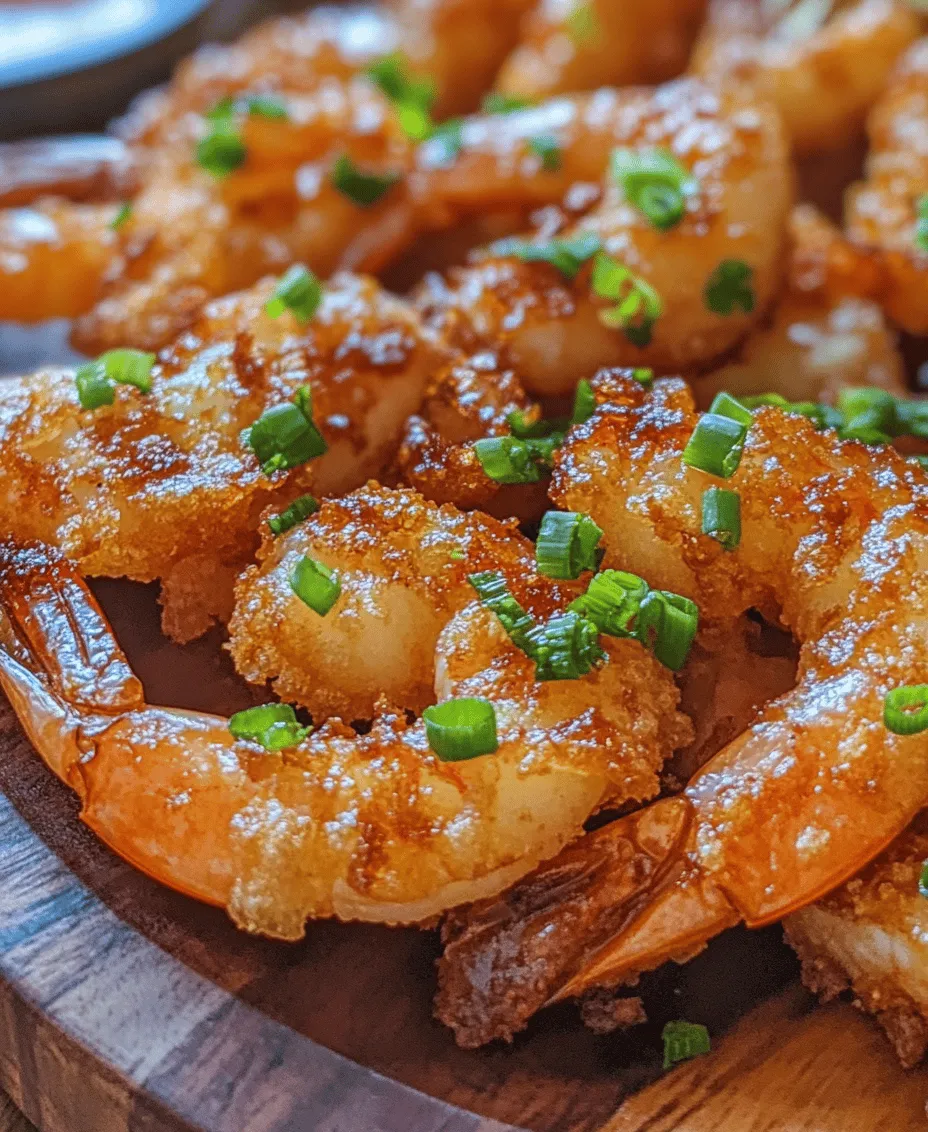
Light Seasoning and Its Impact on Flavor
When it comes to shrimp tempura, the delicate balance of flavors is key. The light seasoning applied to the shrimp before they are battered not only enhances the inherent sweetness of the shrimp but also prepares them to absorb the crispy batter beautifully. A simple mixture of salt and a hint of pepper allows the natural flavors to shine through without overwhelming them. As you prepare your shrimp for the batter, remember that less is often more. This light seasoning ensures that each bite of tempura delivers a harmonious blend of the shrimp’s natural taste and the satisfying crunch of the batter.
Crafting the Perfect Tempura Batter
Detailed Instructions for Mixing the Batter
The batter is the heart of crispy shrimp tempura, and getting it just right is crucial. Start by sifting together 1 cup of all-purpose flour and 1 tablespoon of cornstarch in a mixing bowl. The cornstarch contributes to the lightness and crispiness of the batter. In a separate bowl, combine 1 cup of ice-cold sparkling water with a beaten egg. The sparkling water introduces bubbles into the batter, which is essential for achieving that signature light and airy texture.
Gradually pour the sparkling water and egg mixture into the flour mixture. Using chopsticks or a fork, gently stir the ingredients together. Be careful not to overmix; a few lumps in the batter are perfectly fine. Overmixing can lead to gluten formation, which results in a chewier texture rather than the delicate crispiness you desire.
Importance of Using Ice-Cold Sparkling Water
The temperature of the water you use in your batter is crucial. Ice-cold sparkling water helps to keep the batter light and airy. The colder the batter, the less likely it is to absorb oil during frying, which is essential for that delightful crunch. The carbonation in the sparkling water also contributes to the lightness of the batter, creating tiny bubbles that expand during frying, yielding a perfectly crispy exterior.
Tips for Achieving the Right Consistency Without Overmixing
To ensure your batter maintains its lightness, mix gently and only until the ingredients are combined. The batter should be somewhat thick but still pourable. If it appears too runny, you can add a tablespoon or two of flour until it reaches the desired consistency. Conversely, if the batter seems too thick, add a splash more of sparkling water. Remember, achieving the right consistency is a matter of practice, so don’t hesitate to experiment until you find what works best for you.
Common Pitfalls to Avoid When Making Tempura Batter
One common mistake when preparing tempura batter is using warm or room-temperature water. This can lead to a dense batter that won’t crisp up properly. Additionally, avoid the temptation to incorporate too much flour or to mix the batter too thoroughly. Each of these missteps can compromise the final texture of your shrimp tempura. Lastly, always prepare the batter just before frying to ensure it retains its airiness.
Frying Techniques for Ideal Crispiness
Equipment Needed: Choosing the Right Skillet or Pot for Frying
Selecting the right frying equipment is vital for achieving crispy shrimp tempura. A deep, heavy-bottomed pot or a deep fryer is ideal for maintaining the temperature of the oil. A heavy pot will help distribute heat evenly, while a deep fryer can offer precise temperature control. If you’re using a skillet, ensure it has high sides to prevent oil splatter and allows for sufficient depth to fry the shrimp completely.
Heating the Oil: Importance of Temperature and Methods for Testing Readiness
Correct oil temperature is essential for frying shrimp tempura. The ideal frying temperature is around 350°F (175°C). To test if your oil is ready, you can drop a small amount of batter into the oil; if it sizzles and rises to the surface immediately, the oil is hot enough. Alternatively, you can use a cooking thermometer for precision. If the oil is too cold, the shrimp will absorb too much oil and become greasy; if it’s too hot, the batter will burn before the shrimp cooks through.
Techniques for Frying Shrimp
The actual frying process is where you can truly elevate your shrimp tempura.
1. Proper Coating of Shrimp in Batter: Begin by taking your seasoned shrimp and dipping them into the tempura batter, ensuring they are evenly coated. Let any excess batter drip off before placing them into the hot oil.
2. Frying in Small Batches to Avoid Overcrowding: Frying in small batches is essential to maintaining the oil temperature. Overcrowding the pot can lower the oil temperature, leading to soggy tempura. Aim to fry no more than 4-5 shrimp at a time, depending on the size of your pot.
3. Visual Cues for Knowing When Shrimp Are Done: Fry the shrimp for about 2-3 minutes or until they turn a light golden brown. Use a slotted spoon to remove the shrimp from the oil and drain them on paper towels. The shrimp should be crispy and cooked through, with a beautiful golden hue.
Serving Suggestions for Shrimp Tempura
Presentation Tips for an Appealing Dish
Presentation plays a significant role in the enjoyment of shrimp tempura. Arrange the fried shrimp on a serving platter, and consider garnishing with finely chopped green onions or sesame seeds for a pop of color. A side of shredded cabbage or a simple salad can add freshness and balance to the dish.
Ideal Accompaniments to Shrimp Tempura
When it comes to dipping sauces, a classic tentsuyu sauce—a mixture of dashi, soy sauce, and mirin—pairs beautifully with shrimp tempura. This sauce enhances the flavor of the shrimp without overpowering it. Additionally, you can serve tempura with a side of pickled vegetables or a light soy dipping sauce infused with citrus for a refreshing contrast.
Serving Shrimp Tempura as an Appetizer or Main Course
Shrimp tempura can shine both as an appetizer or a main course. As an appetizer, serve smaller portions alongside dipping sauces to encourage sharing. If serving as a main course, pair it with steamed rice and miso soup for a complete meal. The versatility of shrimp tempura makes it suitable for various dining occasions, from casual gatherings to more formal celebrations.
Health Considerations and Nutritional Information
Overview of Shrimp Tempura’s Nutritional Profile
Shrimp tempura can be a delicious addition to your diet, but it’s important to be mindful of its nutritional profile. A typical serving of shrimp tempura (about 4-5 pieces) contains approximately 200-300 calories, depending on the size of the shrimp and the amount of batter. Shrimp are a good source of protein, low in calories, and rich in essential nutrients such as omega-3 fatty acids, vitamin B12, and selenium.
Discussion of Balance in a Diet That Includes Fried Foods
Fried foods, including shrimp tempura, can be enjoyed in moderation as part of a balanced diet. While they are certainly delectable, it’s wise to consider your overall dietary intake. Incorporating plenty of fresh fruits, vegetables, and whole grains can help balance out the occasional indulgence. Additionally, consider baking or air-frying shrimp for a healthier alternative while still enjoying the tempura experience.
Considerations for Gluten-Free or Low-Carb Adaptations
For those with dietary restrictions, shrimp tempura can be adapted to fit gluten-free or low-carb lifestyles. Substitute all-purpose flour with gluten-free flour blends or almond flour, which can yield a satisfying crunch without gluten. For a low-carb version, consider using crushed pork rinds or coconut flour to create a batter that is both crispy and compliant with a low-carb diet.
Conclusion
Creating crispy shrimp tempura at home is a rewarding culinary journey that combines technique, flavor, and creativity. By following the steps outlined for preparing the batter, frying the shrimp, and serving them beautifully, you can achieve a dish that rivals your favorite Japanese restaurant. The joy of homemade tempura extends beyond just the cooking process; it is an experience that brings family and friends together around the table.
As you experiment with variations of shrimp tempura—whether by adding different spices to the batter or experimenting with various dipping sauces—embrace the culinary adventure that awaits. Homemade tempura celebrates the simplicity and beauty of fresh ingredients, making it a perfect dish for both casual meals and festive occasions. So gather your ingredients, invite loved ones to join you, and enjoy the delightful crunch of crispy shrimp tempura.
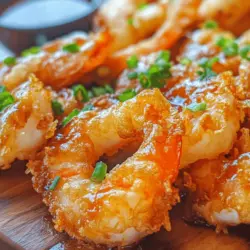

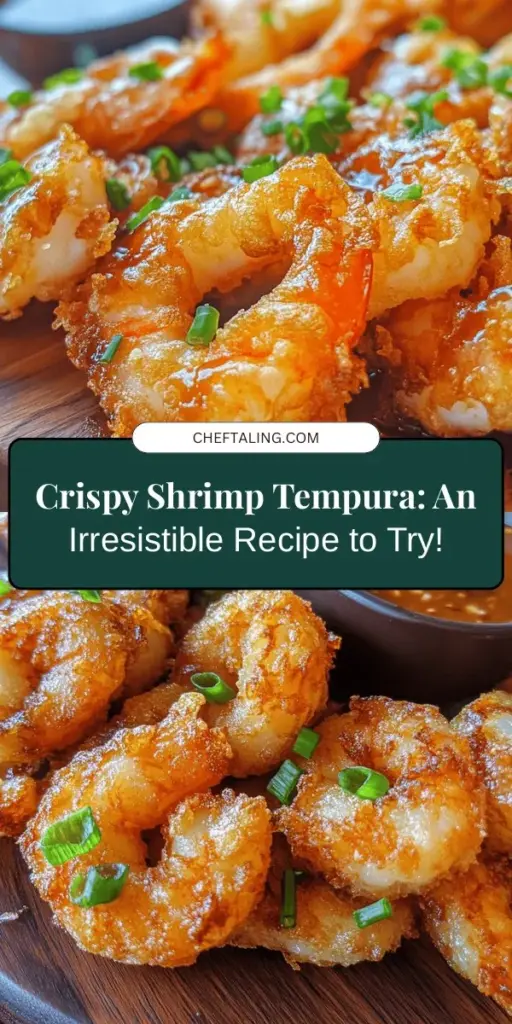
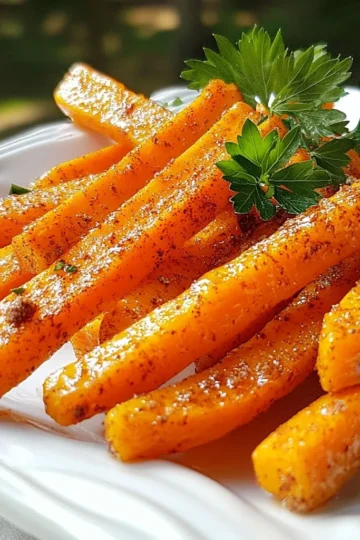
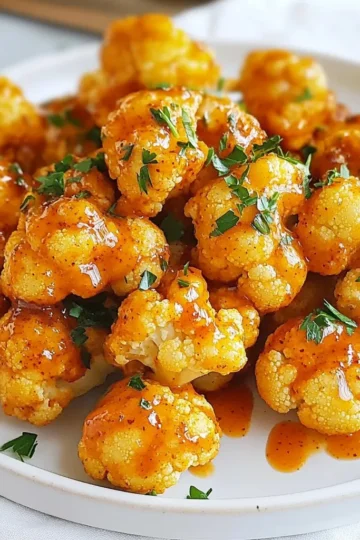
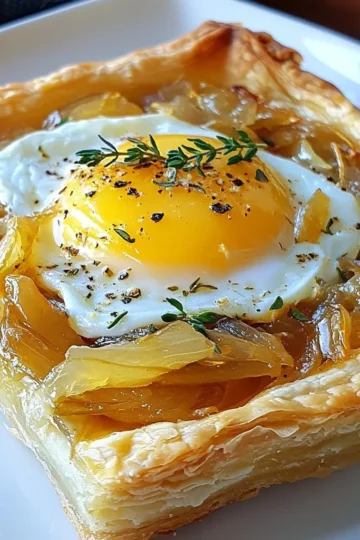
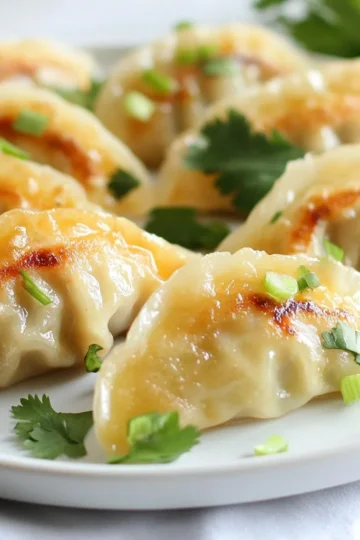
Leave a Reply